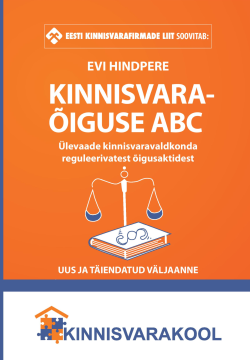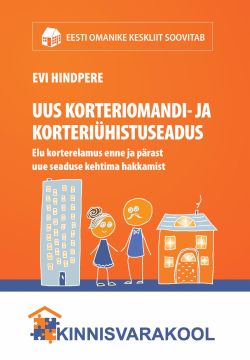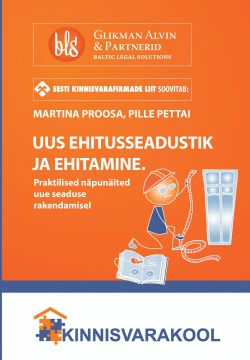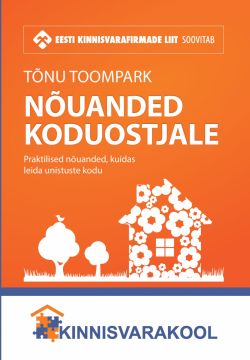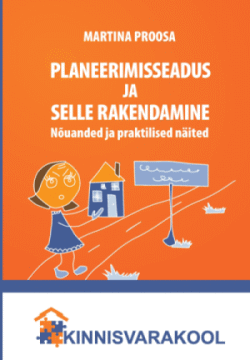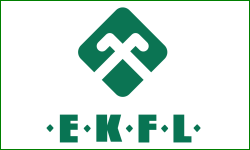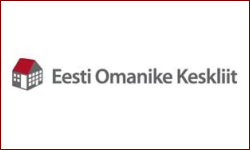 Last week several updates on some important economic indicators were published. Unfortunately the news were mainly negative – industrial production is falling, orders are decreasing and employee’s pay is not growing from the company’s increasing income but from investments.
Last week several updates on some important economic indicators were published. Unfortunately the news were mainly negative – industrial production is falling, orders are decreasing and employee’s pay is not growing from the company’s increasing income but from investments.
Industry is being held afloat by key sectors
The volume indexes of retail trade and industrial production published on Monday confirmed that the present trends in the economy will continue with trade flourishing and industry dwindling. The decline of industrial production which started in the second quarter is, at least judging by July, going to continue. The volumes of industry fell by a total of 6% in July, which is the biggest fall this year. The volume index of the processing industry fell by 2%. The decrease of production has been influenced by a decrease in energy production due to the cheap imported electricity, economic difficulties in important target countries for export, but also the very high production volume of electronics in the summer and autumn of 2014, which drags down the year-on-year comparison.
Fortunately not all developments in the industry have been negative. Several key sectors of the Estonian economy – timber, furniture, and metalworking – have displayed strong and steady growth throughout the year. So far metal production has grown by 4% year-on-year but contrary to the general trend, exports to Finland have made a big contribution to it. Many of the companies there have continued to transfer their production to Estonia gradually, which increases the exchange of goods.
The rapid economic growth of Sweden and the demand of the major clients there has significantly increased the production of the Estonian furniture industry, which grew a total of 14% in July. Also the timber industry has displayed outstanding results, growing 9% year-on-year in June and July. The branch, otherwise largely supported by the parent companies in mainly Sweden and Finland, has managed to generate growth on other markets – Denmark, Latvia, and Great Britain.
However, the success of some key sectors does not negate the fact that more than a half of the sectors were in the negative with their growth of production volume. The downward trend is also confirmed with the 15% decrease of new orders year-on-year for the processing industry. Several economic forecasts presume that external demand will be picking up in the second half of the year. If these expectations are not realised, adjustments will also be made in the forecasts.
Figure 1. Changes in the volume indexes of retail trade and industrial production

The continued growth tempo of retail trade has exceeded the expectations and lasted longer than there were grounds to assume in the beginning of the year. The growing wages, low prices and cheap fuel are increasing the consumers’ options even more.
Average pay is testing the tolerance of businesses
On Tuesday, Statistics Estonia had great news to the workers of Estonia – the average earnings reached 1,082 euros in the second quarter this year, having increased close to 6% when compared to the same time last year. Due to the decrease of the income tax rate and the raised basic exemption, the average net earnings actually increased a total 7.3%. It was already clear before that the slowly growing economy is not going to sustain such rapid increase in the earnings much longer, however, in the last few months there have been more and more evidence of such discord. The rise in registered unemployment in June and July, especially in Harju County and among women, shows that companies have made their conclusions and are making rearrangements to manage the labour costs.
There is no doubt that certain pressure on wages is beneficial for companies in the long run. If an employee would not be asking for a raise, an entrepreneur would not have any incentive to find ways to make the activities more efficient and move up in the value chain. Sometimes, however, the pressure may prove to be excessive and instead of bending, there is a break and the company needs to close down. As the turnover and profits have decreased in many areas, and the recovery of external demand is yet to realise, abrupt adjustments cannot be ruled out.
Profits continue to decrease in companies
As expected, the profitability of the business sector declined in the second quarter. The decline was also very broad-based and profits increased in only a few activity areas. The last time the total profit of the second quarter was even smaller was in 2010.
Companies’ profits are falling due to a discord between sales figures and salary increases. While the return on sales of the companies decreased 3% in Q2, then labour costs rose by 6%. Surprisingly one of the sectors where labour costs grew the most was accommodation and catering (+16%) where the average salary increased by 8%.
Labour costs actually increased a total of 22% in accommodation. However, as the number of accommodation and catering businesses has decreased significantly in the meantime, it seems to be due to the activity of the Tax and Customs Board in enforcing the obligation to keep a register of employees. From among the largest areas of trade, labour costs have increased very rapidly in the manufacturing of metal products (+22%), but when compared to the last year the sector includes an additional 200 companies and 2,000 employees. The good results in the timber industry have increased employment and salaries in the sector, which is realised in the 12% increase of labour costs.
Companies’ investments fell by 3% in Q2. This means that when compared to the same quarter last year, it is already the seventh quarter of the investments decreasing. While in the first quarter of 2015, the decrease of investments was largely due to the steep fall of the sectors of energy and agriculture, then now it affected a much larger circle of activity areas. In the first quarter the contribution of the energy sector to the total investments was negative, but in the second quarter the situation reversed. In the spring quarter investments were made in the energy sector for nearly 100 million euros, which comprised almost 20% of the total investments of the business sector.
The usual suspects of the major investments are Eesti Energia and the construction of Auvere power plant. When compared to the same quarter last year, larger investments were also made in real estate related areas (+8 m euros), administrative and support service activities (+5 m) as well as wholesale and retail (+5 m). A large negative contribution was made to the total investments by transportation and storage (-21 m), agriculture and forestry (-14 m) and occupational, science, and technology-related activities (-13 m). In the processing industry, also the 2.4 million increase in the timber industry is noteworthy.




